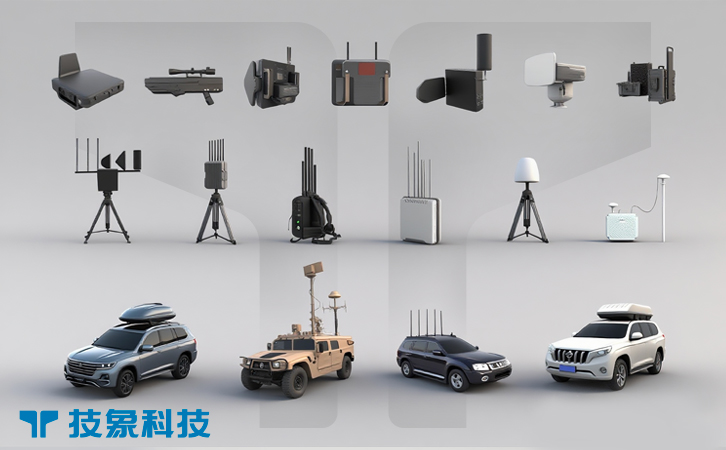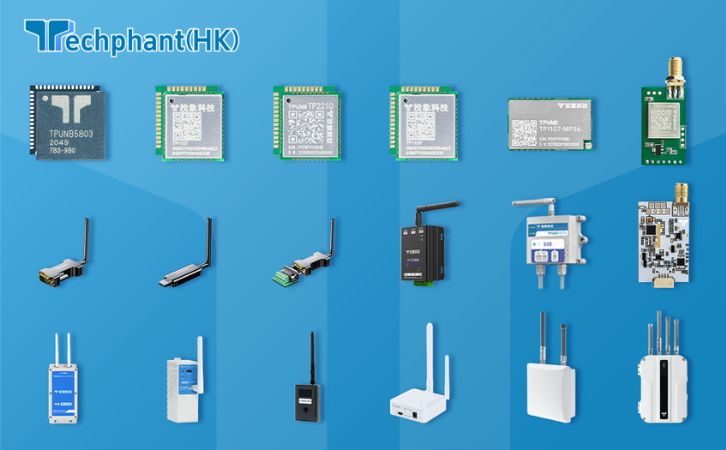The global proliferation of unmanned aerial vehicles (UAVs), with over 6 million commercial drones in use in 2025, poses a significant threat to critical infrastructure, particularly power grids. Rogue drones can disrupt energy facilities through sabotage, surveillance, or collisions, risking blackouts that affect millions and cost billions. Counter-drone systems (C-UAS) tailored for power grids are essential to safeguard these vital assets, employing advanced detection and neutralization technologies to prevent aerial intrusions. From sprawling substations to remote transmission lines, these systems ensure energy security in an era of increasing drone threats. This article explores the vulnerabilities of power grids to drones, detection technologies for energy facilities, neutralization strategies, and the challenges and future innovations, emphasizing the critical role of C-UAS in protecting the backbone of modern society.
I. The Vulnerability of Power Grids to Drone Threats
Power grids, encompassing power plants, substations, and transmission lines, are prime targets for rogue drones due to their critical role and inherent vulnerabilities. In 2025, incidents like a drone attack on a U.S. substation, which caused a temporary outage affecting 10,000 homes, highlight the stakes. Drones equipped with explosives can damage transformers, costing millions to replace, while surveillance UAVs gather data for future attacks or corporate espionage. The U.S. Department of Energy reported over 200 drone incursions near energy facilities last year, a 60% increase from 2023.
Vulnerabilities stem from grids’ vast, often remote layouts, making physical security challenging. High-voltage lines, spanning hundreds of miles, are difficult to monitor, while substations in urban or rural areas are exposed to low-flying drones that evade traditional security like fences or cameras. Autonomous drones, using AI to navigate without RF signals, further complicate detection, as seen in a 2025 European incident where a drone disrupted a wind farm’s control systems. Environmental factors, such as fog or terrain, obscure visibility, and the economic impact of disruptions—$1 million per hour for major blackouts—underscores the urgency. These threats demand specialized C-UAS to protect energy infrastructure, balancing robust defense with operational continuity to prevent widespread societal impacts.
II. Detection Technologies for Energy Infrastructure
Effective C-UAS for power grids rely on detection technologies tailored to the unique challenges of energy facilities, such as large perimeters and electromagnetic interference from equipment. Radar systems, like Robin Radar’s Elvira, provide long-range detection up to 5 km, using micro-Doppler analysis to distinguish drones from birds or machinery vibrations, critical for remote substations. In 2025, a California power plant deployed radar to detect drones surveilling its cooling towers, achieving 95% accuracy.
Radio frequency (RF) sensors, such as Dedrone’s RF-160, detect drone control signals in the 2.4 GHz and 5.8 GHz bands, identifying UAVs and operators up to 2 km away, even in urban areas with high RF noise. Acoustic sensors, like Squarehead’s Discovair, capture propeller sounds up to 500 meters, ideal for detecting autonomous drones that emit no RF signals, as tested at a 2025 U.K. wind farm. Electro-optical/infrared (EO/IR) cameras, such as FLIR’s systems, offer visual confirmation, operating in low-light conditions to monitor transmission lines.
AI enhances these systems by fusing data, reducing false positives by 90% through pattern recognition. Portable, modular units, costing $5,000-$20,000, allow deployment along vast grid networks, while cloud-based analytics enable real-time alerts across multiple sites. Challenges include interference from power grid emissions and the need for weather-resistant designs, but these technologies provide a robust detection framework, ensuring early warnings to protect energy infrastructure.
III. Neutralization Strategies for Grid Protection
Neutralizing rogue drones near power grids requires precise, non-destructive methods to avoid damaging sensitive equipment or causing outages. RF jamming, like D-Fend’s EnforceAir, disrupts drone communications, forcing safe landings or returns, with low-power units (100 watts) costing $10,000, as used in 2025 to protect a Texas substation. GPS spoofing, such as Regulus Cyber’s Pyramid, redirects drones to designated zones by sending false navigation signals, tested successfully at a 2025 German solar farm for $15,000.
Net-based capture systems, like Fortem’s DroneHunter, deploy AI-guided interceptor drones to ensnare UAVs with reusable nets, preserving evidence without debris risks. A 2025 Canadian hydro plant pilot used netting to capture a drone carrying incendiary devices, preventing a potential fire. These methods avoid the high costs and risks of kinetic weapons like missiles ($100,000+ per shot) or lasers, which require kilowatts of power unsuitable for remote grid sites. Integration with detection systems ensures rapid response, with AI automating neutralization to counter fast-moving threats.
Regulatory restrictions, such as U.S. FCC limits on jamming, necessitate federal coordination, while compatibility with grid electronics is critical to avoid interference. These strategies prioritize safety and cost-effectiveness, making them ideal for protecting energy infrastructure from drone incursions.
IV. Challenges and Future Innovations
C-UAS for power grids face significant challenges, including vast coverage areas, environmental factors, and costs. Transmission lines spanning hundreds of miles require multiple sensors, escalating expenses—a 10 km² grid site might cost $200,000 to secure. Harsh weather, like storms or extreme heat, degrades sensor performance, with radar accuracy dropping 30% in heavy rain. Autonomous drones, relying on onboard AI, evade RF-based detection, requiring hybrid approaches.
Regulatory hurdles limit neutralization: FCC restrictions in the U.S. confine jamming to authorized agencies, with fines up to $100,000 for violations. Privacy concerns arise from monitoring large areas, risking civilian data capture, as noted in 2025 policy debates. Future innovations promise solutions: by 2030, AI-driven predictive analytics will anticipate drone paths, improving detection by 40%. Modular, solar-powered systems, tested in 2025 EU trials, will reduce costs to $5,000 per unit. Blockchain-secured data sharing will enhance multi-site coordination, while relaxed regulations, proposed in the 2025 DEFENSE Act, could expand neutralization options. The 2025 Counter UAS Technology USA Conference highlighted scalable, low-cost C-UAS, ensuring broader adoption for grid protection.
Conclusion
Counter-drone strategies are vital for defending power grids in 2025, protecting energy infrastructure from the growing threat of rogue UAVs. Advanced detection technologies, like radar and acoustic sensors, paired with non-destructive neutralization methods such as spoofing and netting, provide robust, grid-friendly defenses. Real-world successes at substations and power plants demonstrate their efficacy, yet challenges like coverage and regulations persist. Future innovations in AI, modular systems, and policy reform will enhance affordability and effectiveness. By investing in these C-UAS technologies, energy providers can secure critical infrastructure, ensuring reliable power delivery against the evolving drone menace.



